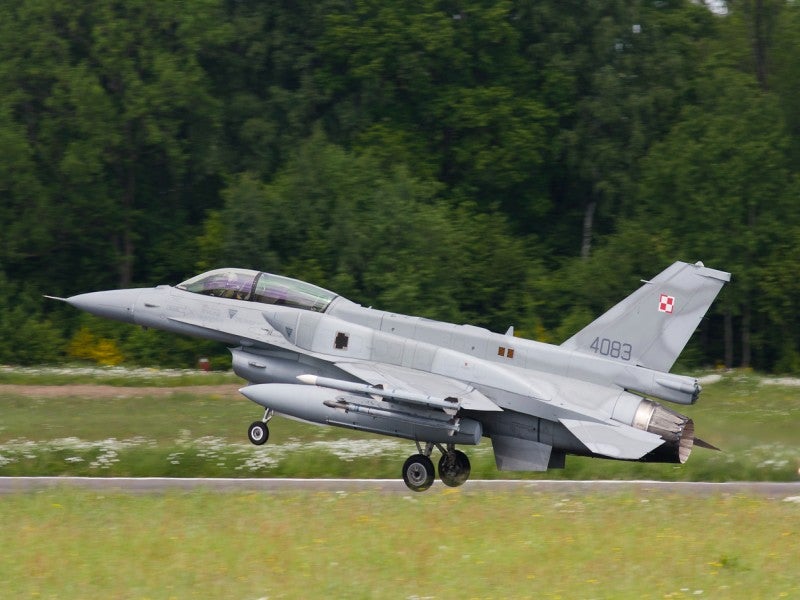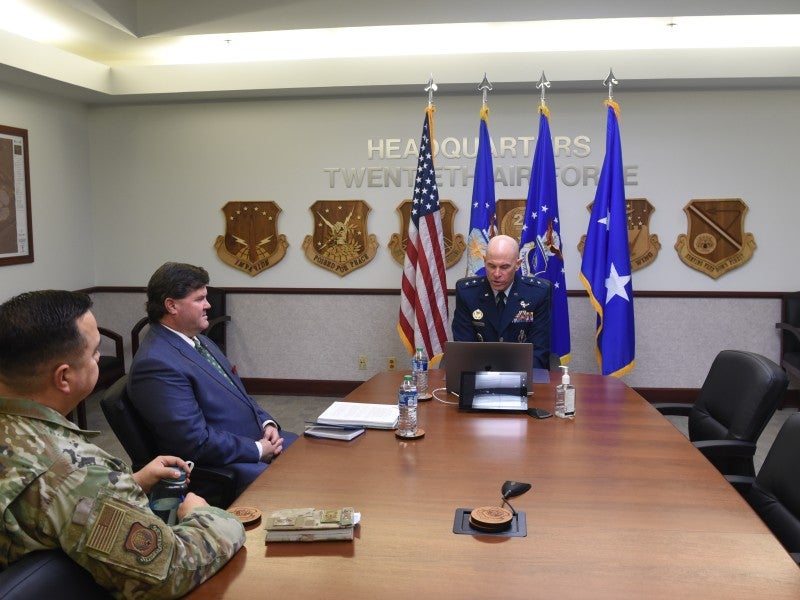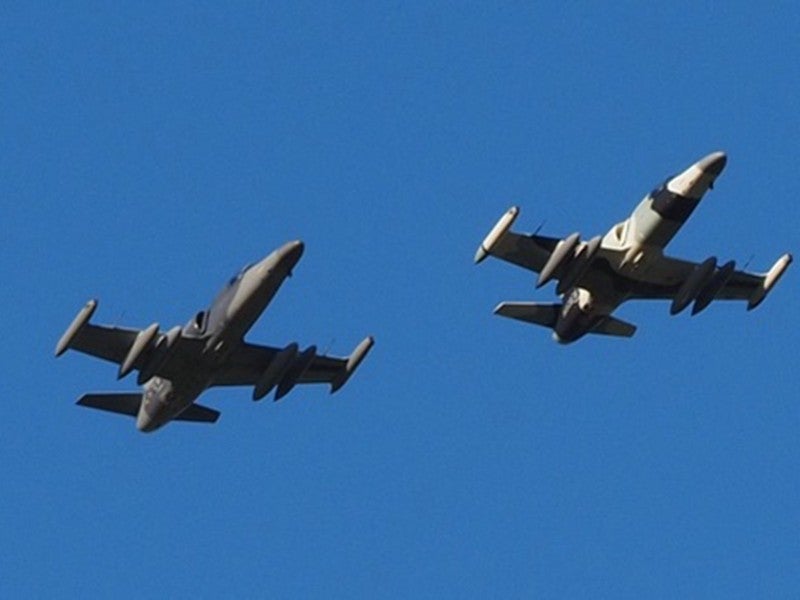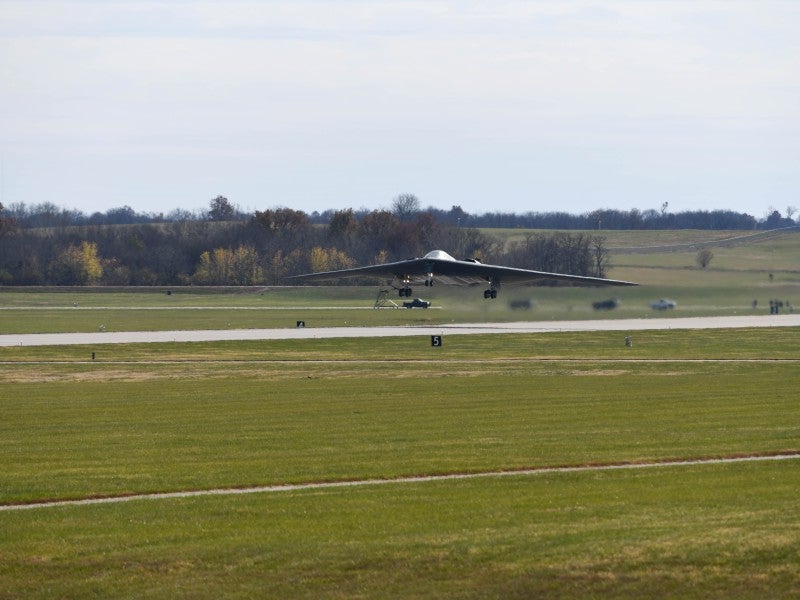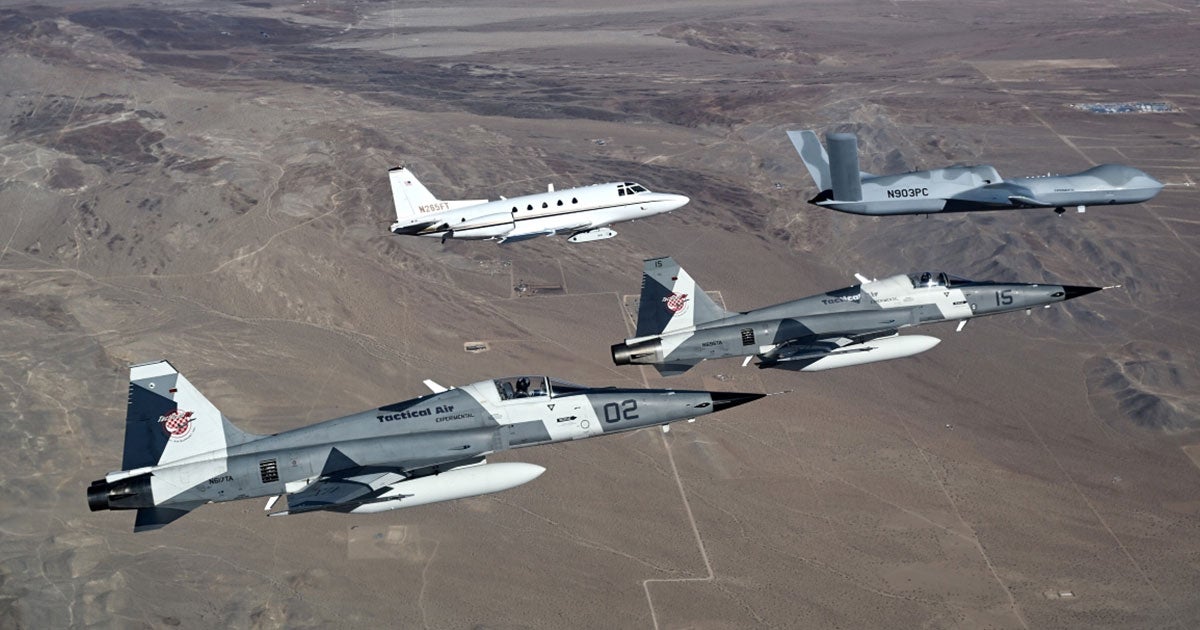
General Atomics Aeronautical Systems (GA-ASI) in collaboration with two other defence companies has demonstrated the capability of its Autonomous Collaborative Platform (ACP) mission system.
The other industry partners in the effort include Lockheed Martin, General Dynamics and Tactical Air Support.
Conducted on 17 November, the demonstration falls under an ongoing series of autonomous flights performed using internal research and development (IRAD) funding to validate ACP concepts.
The latest test involved the integration of GA-ASI’s MQ-20 Avenger uncrewed aircraft system (UAS) with Lockheed Martin-operated Sabreliner aircraft and Tactical Air’s two F-5 Advanced Tigers (AT) jets.
Sabreliner acted as a surrogate fighter while F-5s were configured with an internal Tactical Infrared Search and Track (TacIRST) system to support multi-platform infrared sensing.
As part of the demonstration, all the aircraft performed coordinated manoeuvres to sense potential airborne targets within the infrared spectrum.
The company informed that during this activity the MQ-20 and Sabreliner were digitally connected over a mesh network, called Tactical Targeting Network Technology, allowing them to share the gathered sensing observations.
Apart from the live-flight UAS, another set of five MQ-20 were paired to autonomously perform a live, virtual, constructive collaborative combat mission.
During the test, live aircraft provided air-to-air moving target tracking using Lockheed Martin’s TacIRST sensors processed on a General Dynamics Mission Systems-made EMC2 multi-function processor.
The entire software-defined architecture allowed aircraft to showcase crewed-uncrewed teaming between MQ-20, Sabreliner and manned F-5 tactical jets.
GA-ASI Advanced Programme senior director Michael Atwood said: “It demonstrated effective collaboration between four established defence prime contractors flying with advanced sensing, crewed-uncrewed teaming and advanced airborne high-performance computing to meet challenging air-dominance scenarios.
“This is a clear demonstration of our rapidly maturing ACP mission system and moves us one step closer to providing this revolutionary capability to warfighters.”

